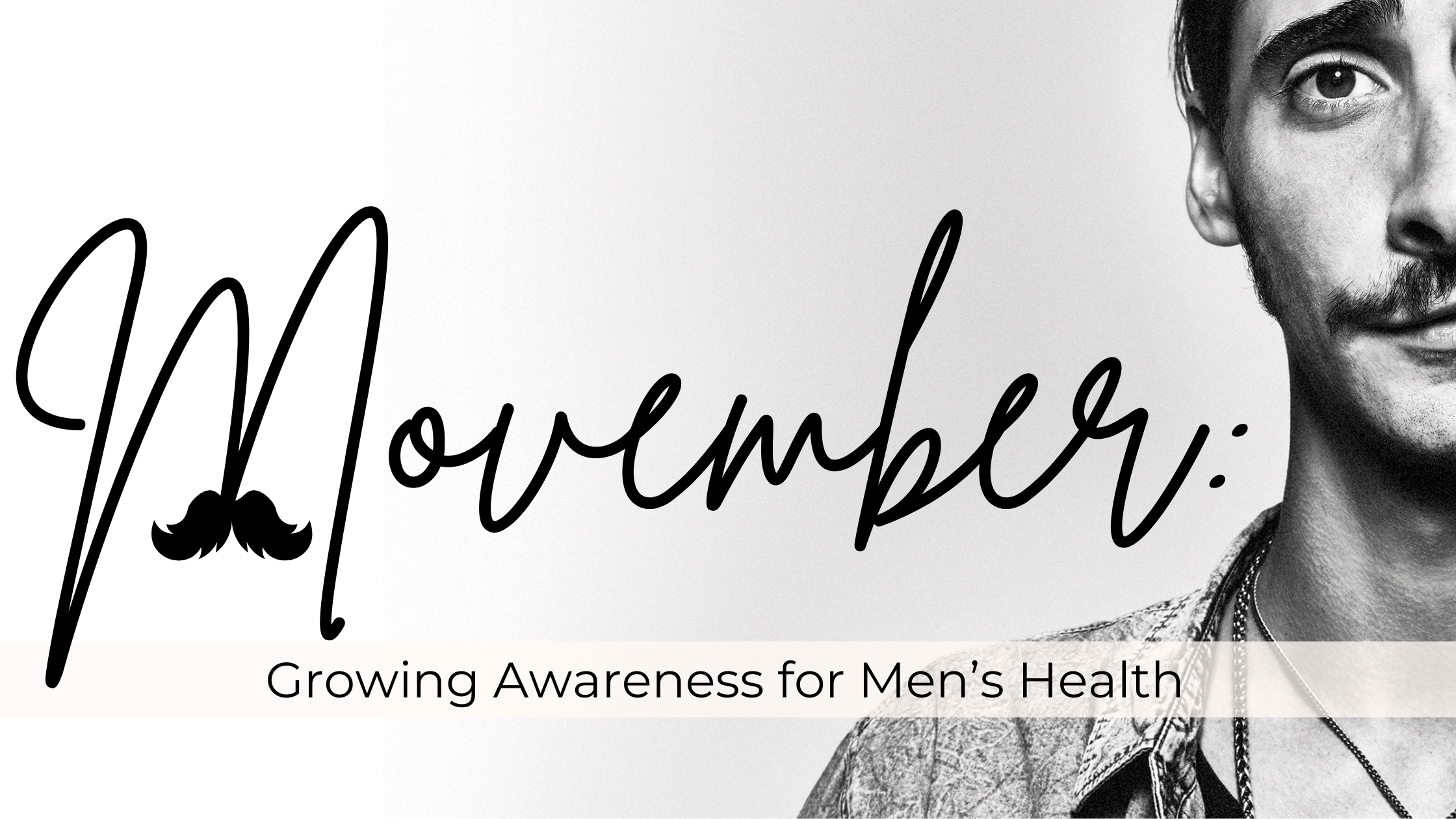I distinctly recall my first prostate-cancer study, way back when… Toward the end of the interview, there was a small section that inquired about advocacy in prostate cancer. I quickly learned there was none. Every urologist, uro-oncologist and medical oncologist I interviewed told me the same thing: unlike the breast-cancer community, where advocacy was loud, visible and symbolized by the iconic pink ribbon, older men simply did not advocate for themselves.
There was no united movement.
No recognizable symbol.
No cultural moment pushing prostate-cancer awareness into the mainstream.
And then came Movember.
The Beginnings of Movember
The Movember movement began in Australia in 2003. Two friends, Travis Garone and Luke Slattery, were sharing a beer in Melbourne when they joked about bringing back the moustache. They turned the idea into a challenge: what if men grew moustaches for the month of November to raise awareness about men’s health, especially prostate and testicular cancer?
That first year, just 30 men participated. But the idea had spark. By 2004, the movement had partnered with the Prostate Cancer Foundation of Australia and raised nearly $40,000 AUD. Movember quickly expanded to New Zealand, Canada, the UK and the U.S., eventually becoming a global movement.
What started as a quirky moustache challenge evolved into one of the world’s most powerful men’s-health campaigns. The moustache, once just a retro fashion statement, became a symbol awareness and action. Movember broke that silence.
From Awareness to Scientific Impact
One of Movember’s most impressive achievements is that it didn’t stop at awareness. The organization channeled its fundraising into serious scientific research and clinical innovation.
Since 2003, Movember has funded more than 1,250 men’s-health projects worldwide, with prostate cancer as a central focus.
Among its most meaningful scientific contributions is the support it provided for the development of two major prostate-cancer therapies:
• Enzalutamide (Xtandi)
A next-generation androgen-receptor inhibitor that has become a standard therapy for advanced prostate cancer.
• Lutetium-177 PSMA Therapy (Lu-PSMA)
A targeted radioligand therapy that delivers radiation directly to prostate-cancer cells expressing PSMA. This therapy has extended survival for men with metastatic castration-resistant prostate cancer.
Movember’s funding helped advance the development and clinical validation of both therapies, accelerating options for men living with aggressive disease.
This is advocacy with impact.
This is fundraising that changes outcomes.
The evolution from silence to moustaches to life-extending treatments is one of the most powerful advocacy success stories in modern healthcare.
